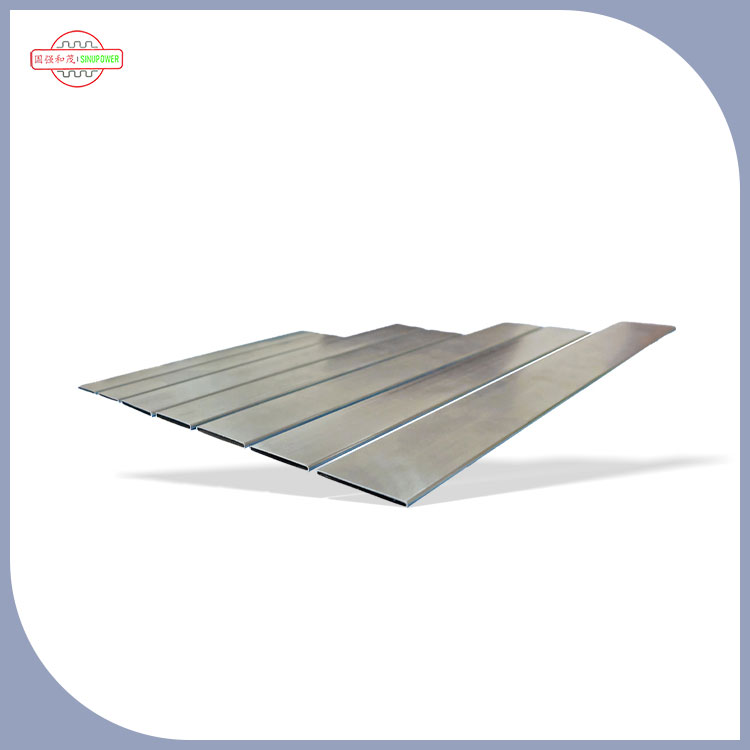The environmental requirements for elliptical flat tubes need to be comprehensively considered in combination with their application scenarios and material characteristics, mainly involving corrosion protection, temperature tolerance, pressure adaptation, vibration impact, environmental compliance, and other aspects. The following is a specific analysis:
1、 Corrosion environment requirements
1. Corrosivity of the medium
Liquid/gas corrosion: If used for transporting corrosive media such as acidic and alkaline solutions, seawater, humid air, etc., corrosion-resistant materials should be selected:
Stainless steel (such as 304, 316L): suitable for chemical, marine engineering, food and pharmaceutical applications.
Aluminum alloy (surface anodized treatment): used in moderately corrosive environments such as automotive radiators and air conditioning pipelines.
Copper alloys (such as purple copper and brass): resistant to seawater corrosion, commonly used in ship pipelines.
Soil corrosion: When laying underground, the pH value, moisture content, and microbial influence of the soil should be considered. Anti corrosion coatings (such as PE jackets, epoxy powders) or cathodic protection can be used.

2. Environmental humidity and atmospheric corrosion
In humid environments such as bathrooms and coastal areas, ordinary carbon steel should be avoided from rusting, and stainless steel or surface coated (such as galvanized or chrome plated) steel pipes should be preferred.
Industrial pollution areas (including sulfides and salt spray) need to improve the corrosion resistance level of materials (such as 316L stainless steel being better than 304).
2、 Temperature environment requirements
1. High temperature environment
Short term high temperature: For automotive exhaust pipes and industrial waste gas pipelines, heat-resistant alloys (such as 310S stainless steel and nickel based alloys) should be selected to withstand high temperatures above 300 ℃.
Long term high temperature: For aircraft engine pipelines, material thermal strength (such as titanium alloy) and oxidation resistance should be considered to avoid high-temperature creep failure.
2. Low temperature environment
Refrigeration systems (such as liquid ammonia pipelines) or outdoor equipment in extremely cold areas need to prevent material low-temperature brittle fracture:
Stainless steel (austenitic stainless steel such as 304, 316): has good low-temperature toughness and can be used in liquid nitrogen environments at -196 ℃.
Aluminum alloy: It is necessary to confirm the low-temperature performance of the grade (such as 6061-T6, where the strength decreases by about 10% at -40 ℃).
3、 Pressure and Fluid Environment Requirements
1. Work pressure
High pressure scenarios (such as hydraulic systems and gas pipelines) require material selection based on the wall thickness design and pressure rating of the elliptical flat tube
Carbon steel elliptical tube: suitable for medium and low pressure (≤ 10MPa), requiring verification of pipe wall stress.
Stainless steel or high-strength aluminum alloy: suitable for high pressure (≥ 20MPa), such as aviation fuel pipelines.
2. Fluid characteristics
High viscosity fluids, such as lubricating oil pipelines, need to consider the flow efficiency of elliptical cross-sections (faster flow velocity in the long axis direction) to avoid sedimentation.
Fluid containing particles: such as slurry and dust transportation, wear-resistant materials (such as duplex stainless steel and ceramic lining) should be selected, and the roughness of the inner wall of the elliptical tube should be optimized (Ra ≤ 3.2 μ m).